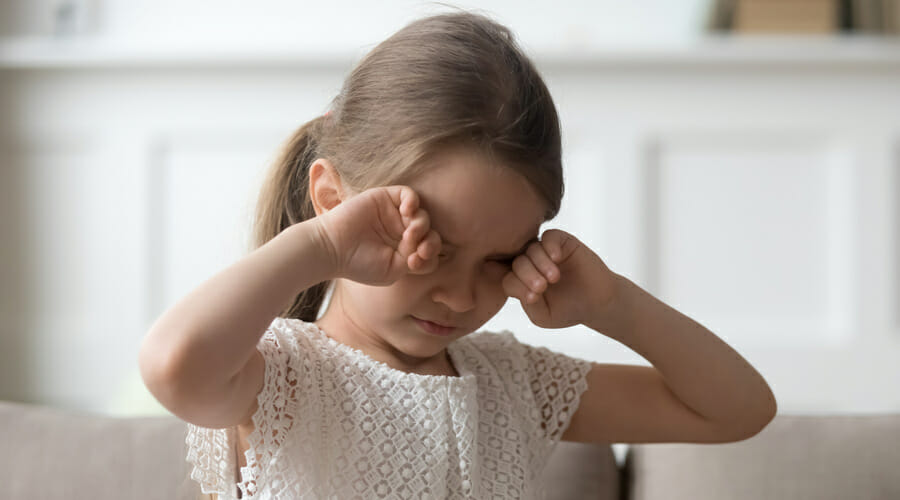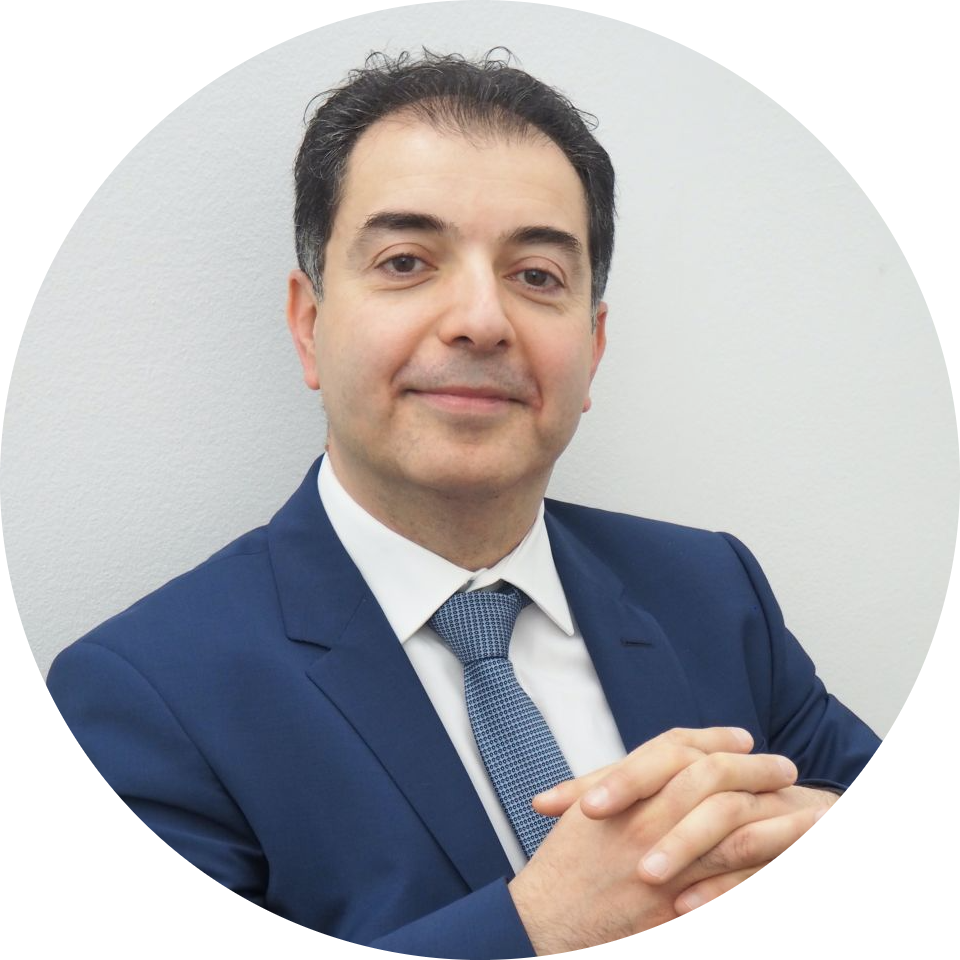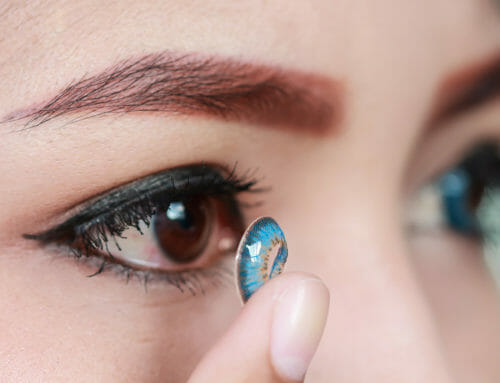
What Is Amblyopia? (Lazy Eye)
Amblyopia refers to the eye condition commonly known as ‘lazy eye’. This is where there is a decreased vision in one or both eyes due to abnormal development of vision in infancy and early childhood.
Three main causes of amblyopia are refractive amblyopia, strabismus and deprivation amblyopia.
Refractive Amblyopia
Refractive amblyopia is when there is a focusing difference between the two eyes. Amblyopia commonly starts when one eye has much better focus than the other. At times, one eye appears to be more farsighted or with astigmatism, while the other does not. Due to the irregular shape of eyes with astigmatism, they have difficulty focusing on far and near objects. Farsighted eyes often have better distance vision and difficulty focusing on near objects. Nearsightedness, or myopia, occurs when the eye is too long from front to back and can focus better on near objects. To avoid seeing in double vision, the brain will suppress seeing images from the turned eye. The brain only sees with the stronger eye, therefore, the vision in the weaker eye does not develop properly. The brain only processes the normal views and blurred images are then ignored by the brain.
Strabismic Amblyopia
Strabismic amblyopia, or strabismus, occurs when the eyes are not aligned properly and one eye crosses outward or inward. ‘Crossed eyes’ (misalignment) is when there is a difference in the degree of nearsightedness or farsightedness between the two eyes.
Deprivation Amblyopia
Deprivation amblyopia is when a child has cataracts in one or both eyes that damage their sight. Opacity can occur when cataracts or corneal scarring at a young age prevents the eye from seeing a clear image.
Treatment for amblyopia may include a combination of prescription lenses, prisms, vision therapy and occlusion therapy (eye patches). In vision therapy, patients learn how to use the two eyes together, which helps prevent amblyopia from reoccurring.
Amblyopia can continue into adulthood if it is not detected and treated early. Symptoms are not immediately obvious, hence why it is crucial to schedule annual eye exams to detect amblyopia or any other eye conditions.

About the expert
Mr Hamada | Consultant Ophthalmologist and Corneal Surgeon
MD, MSc, DO (hons), FRCSEd, FRCOphth I am Samer, founder and consultant ophthalmic surgeon with over 20 years’ experience in ophthalmology. I am a world-renowned specialist in cornea, cataract and refractive surgery. I’m not only a leading surgeon but also the only dual fellowship trained in corneal diseases in children from reputable institutions in the UK. At Eye Clinic London I work closely with other consultant ophthalmologists, optometrists and orthoptists to achieve the best outcomes for our patients. Our main aim is to make sure our patients get the safest and best treatments available to them. We put your safety before anything else so you can rest assured that if you choose us you will be in the best and safest hands.



